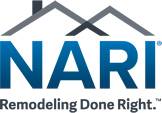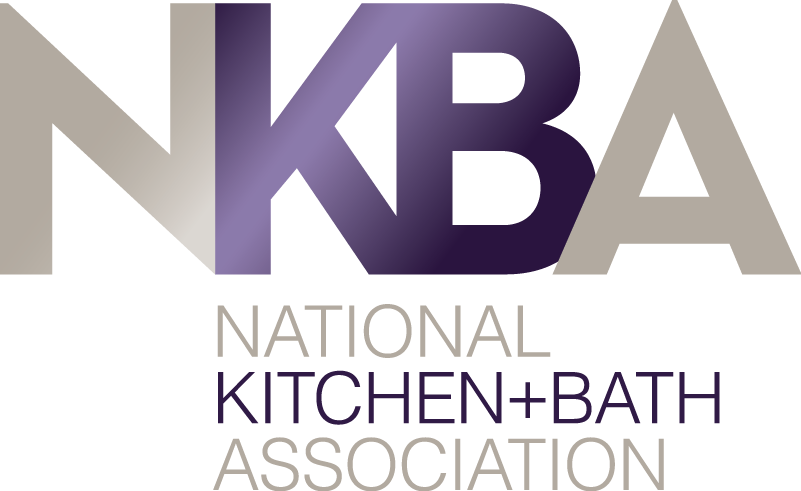
Are you considering updating your kitchen to make it more accessible and user-friendly? A kitchen that complies with the standards set by the Americans With Disabilities Act (ADA) goes a long way in ensuring that people of all abilities can enjoy a comfortable and efficient cooking environment.
In this article, we highlight the key features of an ADA-compliant kitchen and why it pays to work with a qualified kitchen remodeler to bring your dream kitchen to life.
Key Features of an ADA-Compliant Kitchen
When planning an accessible kitchen remodel, it’s essential to incorporate features that cater to people with different needs and disabilities. Here are some of the main aspects you should keep in mind:
Accessible Countertops and Work Surfaces
One of the vital components of an ADA-compliant kitchen is accessible countertops. They should be at a height that’s comfortable for wheelchair users, typically ranging between 28 and 34 inches above the finished floor. It’s advisable to have a section of the countertop with enough knee space underneath, allowing individuals to work while seated.
Adjustable or Varied-Height Cabinets and Shelves
To ensure everyone can access the kitchen storage with ease, consider installing adjustable or varied-height cabinets and shelves. This design accommodates people of different heights and abilities, making it easy for them to reach the items they need in the kitchen.
Accessible Appliances and Controls
Appliances in an ADA-compliant kitchen should be easy to access and use by all individuals. This includes having controls placed in a suitable position, usually within 15 and 48 inches above the finished floor. Selecting appliances with accessible features, such as front-loading dishwashers or slide-in ranges, can make a world of difference in terms of convenience.
Accessible Sinks and Faucets
An ADA-compliant sink should have a shallow depth, allowing people in wheelchairs to reach the bottom comfortably. Similarly, the faucet should be lever-operated or touch-controlled, ensuring people with limited hand strength can operate it with ease. It’s also essential to have a clear knee space below the sink for wheelchair users.
Accessible Flooring and Maneuvering Space
Lastly, an ADA-compliant kitchen should have slip-resistant flooring and ample maneuvering space for wheelchair users. A minimum of 60 inches diameter in turning spaces is recommended to ensure smooth navigation and prevent hitting corners and such.
Finding a Qualified Kitchen Remodeler
To ensure your kitchen remodel meets all ADA standards, it’s crucial to enlist the services of a qualified and experienced remodeler. These professionals can ensure all features comply with industry standards and create a beautiful and functional space for everyone to enjoy. Share your specific needs and design preferences with your chosen remodeler to get an accurate kitchen quote for your accessible remodeling project. They will provide a detailed cost estimate, allowing you to make an informed decision.
DreamMaker Bath & Kitchen of Southern Rhode Island is a trusted kitchen remodeler near you. We have a skilled team of professionals who are well-versed in designing and constructing ADA-compliant kitchens. With years of experience in accessible remodeling, we are committed to helping you create a space that meets your unique needs and preferences.
Let’s Start a Conversation!
An ADA-compliant kitchen provides an inclusive and accessible environment for everyone, making cooking and socializing a delightful experience for all. Trust DreamMaker Bath & Kitchen of Southern Rhode Island for all your accessible remodeling needs. Areas that we serve include Jamestown, Kenyon, Newport, North Kingstown, Portsmouth and other nearby communities. Call us at (401) 399-3917 or complete our online form to schedule a consultation!





